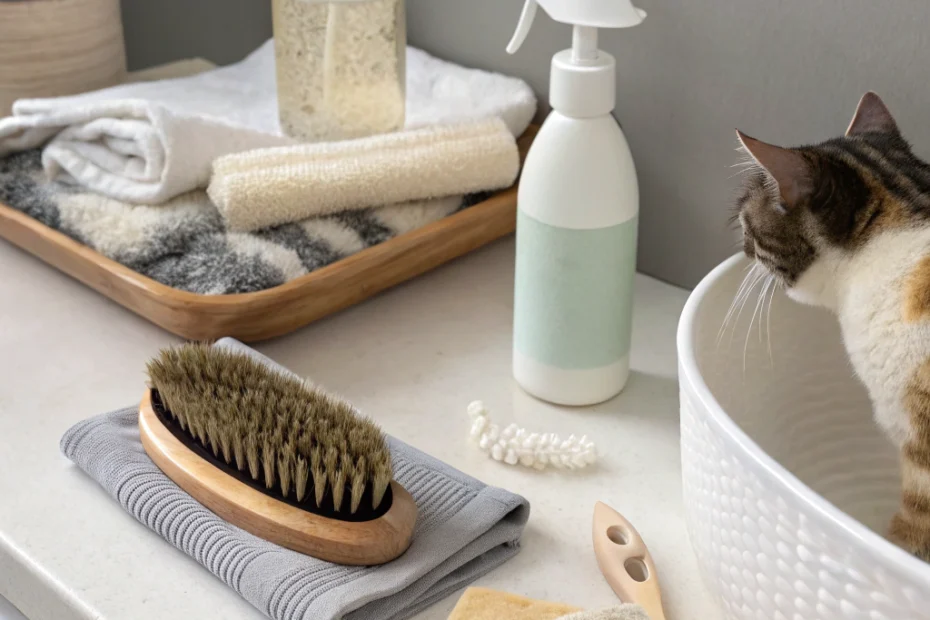At-a-Glance
Cat furniture is more than just a luxury; it can be an essential part of your cat’s environment. It provides a space for your feline friend to play, rest, and scratch, which may help in reducing stress and promoting overall well-being. Understanding the different types of cat furniture and their benefits can support you in making informed decisions for your pet’s happiness and health.
How to Choose
When selecting cat furniture, consider your cat’s personality and needs. Some cats love to climb and explore, while others prefer cozy spots to nap. Look for furniture that matches your cat’s behavior. Here are some factors to consider:
- Size and Space: Ensure the furniture fits comfortably in your home without overcrowding.
- Material: Choose durable materials that can withstand scratching and climbing.
- Stability: Opt for sturdy designs that won’t tip over easily.
- Functionality: Consider multi-purpose furniture that offers scratching posts, hiding spots, and platforms.
Safety & Setup
Setting up cat furniture safely is crucial to prevent accidents. Follow these tips to ensure a secure environment:
- Secure Placement: Place furniture against walls or in corners to prevent tipping.
- Regular Checks: Inspect for loose parts or damage regularly.
- Safe Materials: Avoid furniture with small parts that could be swallowed.
- Assembly: Follow instructions carefully to ensure proper setup.
Core Pillars
Cat furniture can support several core pillars of feline wellness:
- Physical Exercise: Climbing and jumping on furniture can help maintain a healthy weight.
- Mental Stimulation: Interactive elements like tunnels and toys can keep your cat engaged.
- Stress Reduction: Having a personal space may help reduce anxiety and stress.
- Scratching Needs: Scratching posts can support healthy claws and prevent furniture damage.
Placement & Environment Tips
The placement of cat furniture can significantly impact its effectiveness. Consider these tips:
- High Traffic Areas: Place furniture where your cat spends most of its time.
- Viewpoints: Cats love to observe, so place furniture near windows.
- Quiet Corners: Provide a peaceful area for rest and relaxation.
- Multiple Levels: Use vertical space to create a dynamic environment.
Comparison with Alternatives
While traditional cat furniture is popular, there are alternatives like DIY options and modular systems. Here’s how they compare:
- DIY Furniture: Customizable but may lack durability if not built properly.
- Modular Systems: Flexible and expandable but can be more expensive.
- Traditional Furniture: Often more stable and readily available.
FAQs
Q: How often should I replace cat furniture?
A: It depends on wear and tear. Regularly inspect for damage and replace as needed.
Q: Can cat furniture help with behavioral issues?
A: It may help by providing outlets for energy and stress, but consult a veterinarian for persistent issues.
Q: Is it necessary to have multiple pieces of furniture?
A: Multiple pieces can offer variety and cater to different needs, but it’s not mandatory.
What to Do Next
Now that you understand the importance of cat furniture, consider assessing your home and your cat’s needs. Think about the space you have available and the types of activities your cat enjoys. This will guide you in selecting the right pieces to enhance your cat’s environment, supporting both their physical and mental well-being.
Disclaimer: Always consult your veterinarian for personalized advice regarding your cat’s health.
